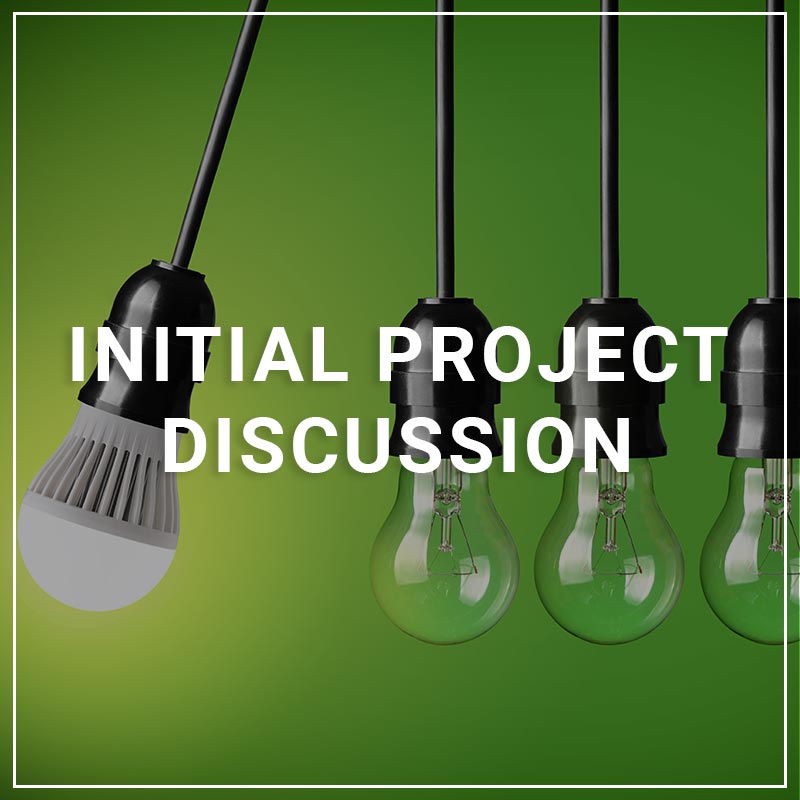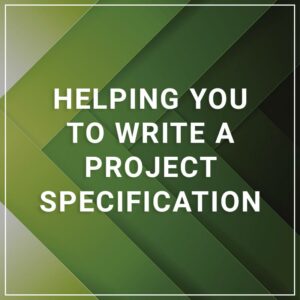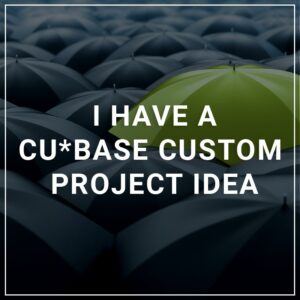Overview
Do you potentially have a builder’s soul? To us, it represents having a desire for wanting to design and build something for yourself. It doesn’t necessarily mean you having every resource available for completing this process. More it’s a vision and spirit for wanting to drive the initiative forward on your terms – even if requires hiring certain expertise to completing the project. You can easily begin by simply contacting us to talk about your idea a bit further, we are here to help!
What You Will Get
Upon receiving your contact request, a DHD team member will quickly contact you back to initially discuss your project idea, describe our processes for helping make your software vision become reality and answer any additional questions you may have.
What We Will Need
Really nothing to get started! If you are able to send us a high level overview or specification of your project idea, that is terrific. Otherwise, simply reach out to us to begin a collaborative discussion.
Next Steps
A first step is to complete a Special Request/Authorization form. This may be done by contacting a Client Services Representative or the DHD team. This form is the trigger to gather details necessary for us to begin the evaluation process. It is very important to provide as many details to the CU*Answers team as possible; the more thoroughly we understand your request, what technical considerations it will entail and your business expectations, the more quickly your project can move through the channels. Learn More about initiating special requests.
- All requests to be reviewed by the Project Team
- To allow us to track the status of a request, a project # will also be assigned in the Track*It System
Download a sample Special Project Request Form
It is also important to understand the custom development process should be a collaborative process for helping review project specifications and expectations. In most cases, there is considerable value to receiving different perspectives on various items throughout the research/ design and development life cycle. For example, as based upon a constantly changing business/ membership landscape, things that seem important one day may not be as important in the future. Sometimes, experts working on technical development may not fully understand the impact for how a custom project may be intended to be used by the end users. By regularly collaborating, and gaining outside opinions or perspectives may help identify potential issues and assist with the overall development process.
For assistance in writing specifications, please refer to our Tips for Writing Specs document. This guide references the following two templates:
- The Specs Template is our teams official template for writing new technical specifications for programmers.
- The Research Spec Template is our newest template designed to assist with custom projects during the research and development phase of a DIY/DIT request. It is used for large-scale projects where we want to have a high-level outline before writing the technical specification.
Utilizing the CU*Answers Software Development Life Cycle as the policy document that governs our software development processes, project owners can visualize potential timelines as well as milestones and steps of their project from concept through completion.






Reviews
There are no reviews yet.